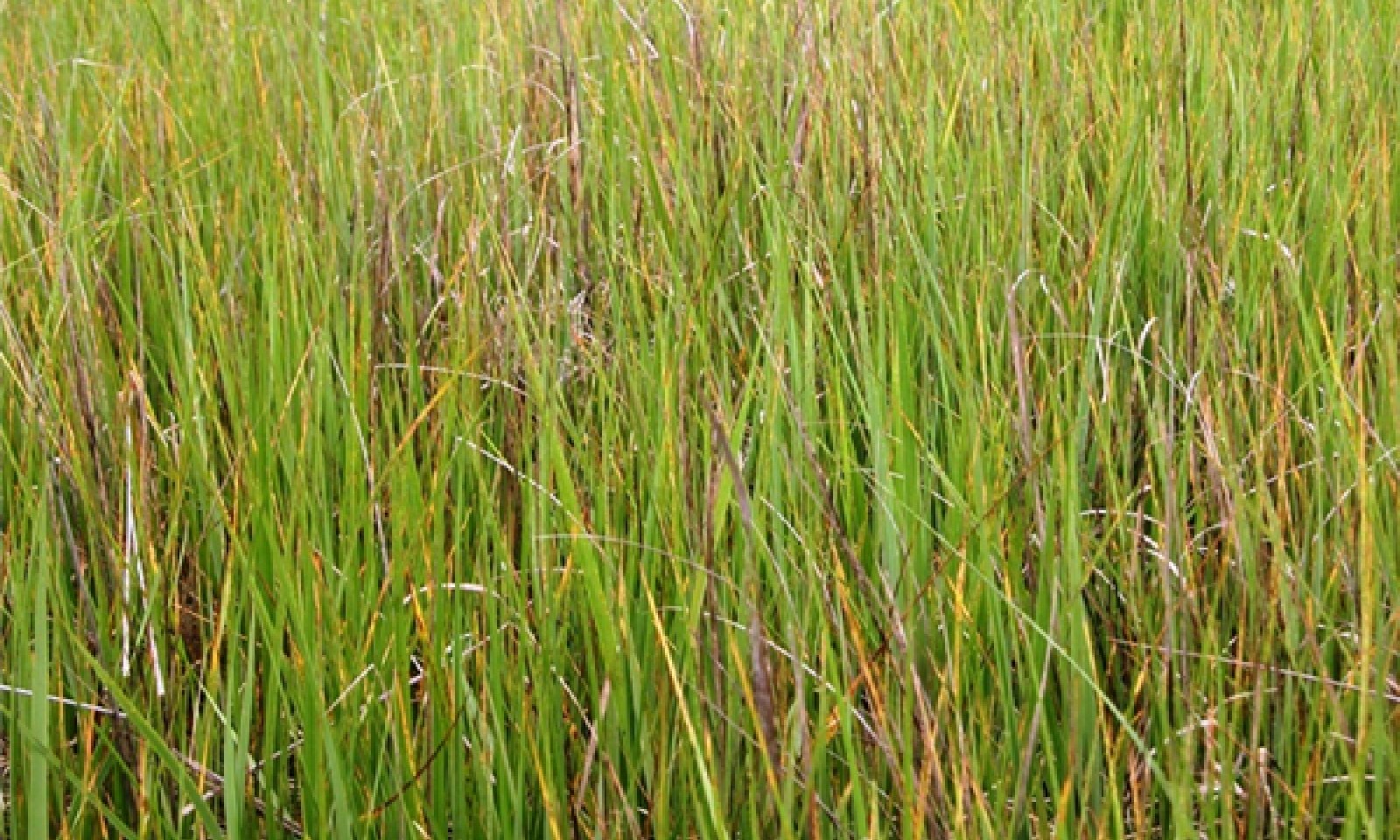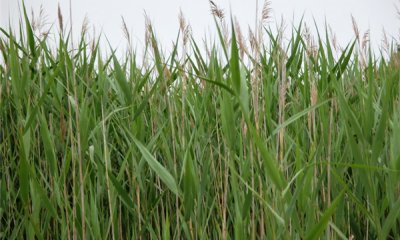
Tidal Salt Low Marsh mesic very frequently flooded
Scenario model
Current ecosystem state
Select a state
Management practices/drivers
Select a transition or restoration pathway
- Transition T1A More details
- Transition T1B More details
- Restoration pathway R2A More details
- Restoration pathway R3A More details
-
No transition or restoration pathway between the selected states has been described
Target ecosystem state
Select a state
State 1
Reference





Description
The reference state is a typical Northeastern US tidal salt low marsh, characterized by (1.1) Spartina alterniflora (smooth cordgrass) with occasional algae, (1.2) sparsely vegetated Spartina alterniflora and other salt tolerant forbs, and (1.3) mostly algae. Biomass values are from Nixon and Oviatt (1973).
Note that some transitions away from the reference site lead to different states and still other more severe transitions occur that transform the typical salt high marsh reference condition into completely different ecological sites. A brief synopsis of these external transitions and ecological sites are located near the end of the previous section on ecological dynamics.
Submodel
Description
Whatever the cause, this state is characterized by the former occupation and subsequent dieback or sudden vegetation dieback (SVD) of Spartina alterniflora smooth cordgrass.
Submodel
Description
Marsh surface modifications and engineered structures, e.g., filled causeways, constricted bridges, undersized and improperly emplaced culverts, cause tidal restrictions (Roman 2012, Tiner 2013). Tidal restrictions reduce tidal flooding, lower salinity, and may lower the water table, changing the character of the salt marsh which prompts a state change in the vegetation. The type of replacement vegetation depends upon the nature of the restriction and the local drainage pattern. Open restrictions, such as culverts, are common and have less impact then closed restrictions that prohibit tidal exchange entirely (Crain et al. 2009).
Submodel
Mechanism
Complete death of low marsh vegetation leaving an unvegetated state.
Mechanism
Dikes or causeways with engineered structures with open restrictions, e.g., culverts, undersized tide gates, etc., that restrict but do not exclude the tidal flooding of the marsh, may ultimately change the vegetation to a brackish state, often supporting the invasive Phragmites (common reed).
Mechanism
Restoration occurs on mineral soil that is exposed or transported (Altieri et al. 2013). Spatina alterniflora (smooth cordgrass) may be planted, although this is more common for living shorelines techniques (Erdle et al. 2008). More common are ecologically-engineered “self-design” approaches (Weinstein et al. 2001) where Spartina alterniflora seeds itself.
Relevant conservation practices
| Practice | External resources |
|---|---|
|
Wetland Wildlife Habitat Management |
|
|
Wetland Restoration |
Mechanism
Restoration involves removing or fixing the tidal restrictions (e.g., culvert size, location, invert, etc.) to tidal flood elevations corresponding to salt tidal low marsh ecological site conditions.
Relevant conservation practices
| Practice | External resources |
|---|---|
|
Wetland Wildlife Habitat Management |
|
|
Wetland Restoration |
Model keys
Briefcase
Add ecological sites and Major Land Resource Areas to your briefcase by clicking on the briefcase (![]() ) icon wherever it occurs. Drag and drop items to reorder. Cookies are used to store briefcase items between browsing sessions. Because of this, the number of items that can be added to your briefcase is limited, and briefcase items added on one device and browser cannot be accessed from another device or browser. Users who do not wish to place cookies on their devices should not use the briefcase tool. Briefcase cookies serve no other purpose than described here and are deleted whenever browsing history is cleared.
) icon wherever it occurs. Drag and drop items to reorder. Cookies are used to store briefcase items between browsing sessions. Because of this, the number of items that can be added to your briefcase is limited, and briefcase items added on one device and browser cannot be accessed from another device or browser. Users who do not wish to place cookies on their devices should not use the briefcase tool. Briefcase cookies serve no other purpose than described here and are deleted whenever browsing history is cleared.
Ecological sites
Major Land Resource Areas
The Ecosystem Dynamics Interpretive Tool is an information system framework developed by the USDA-ARS Jornada Experimental Range, USDA Natural Resources Conservation Service, and New Mexico State University.


